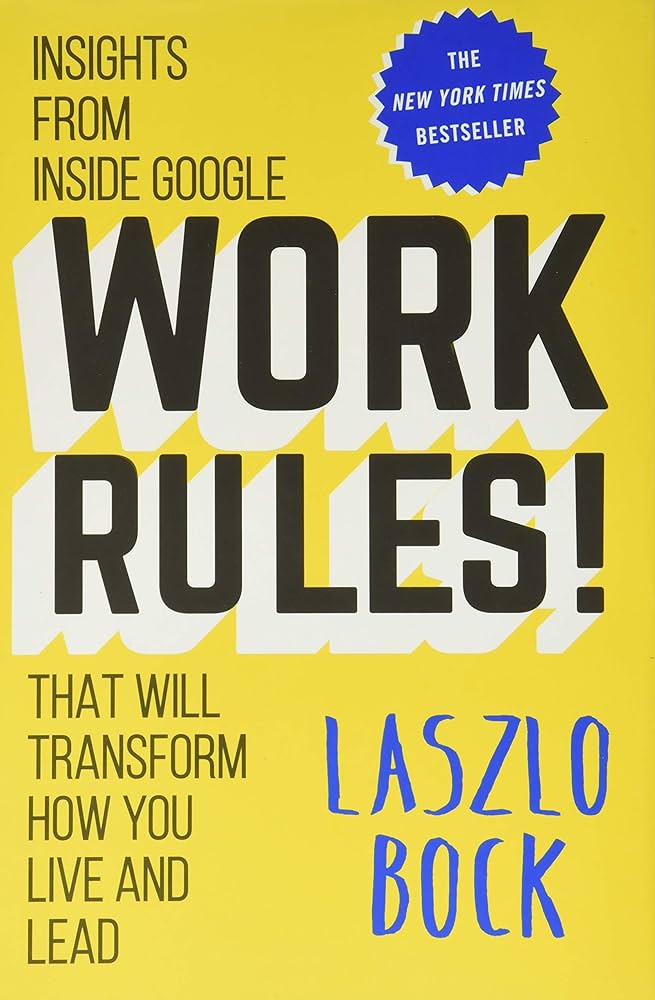Loyalty Rules: How Today’s Leaders Build Lasting Relationships
RATING


This is a follow-up to the author’s classic work (The Loyalty Effect. 1996), in which Reichheld (former director of Bain & Co.) argued that loyalty is the primary driver of profitability. Loyaly Rules builds on his previous work and the Six Principles of Loyalty: play to win/win; be picky; keep it simple; reward the right results; listen hard, talk straight; and preach what you practice.
The author walks through examples such as Vanguard, Enterprise, Harley Davidson, Dell, Cisco and others. The examples are backed-up by “action checklists” at the end of each chapter. The book ends with a “Loyalty Acid Test,” or sample questionnaires for customers and employees that can diagnose the health of relationships. He argues that there will be no loyal customers if the culture of the company does not lead to the creation of loyal employees and vendors/partners.
A good read of inspirational stories/case studies, backing up the Principles of Loyalty. The author provides a survey in the back of the book , or the Loyalty Acid Test, which lets readers fill out on the web site and receive scores with comparisons with other companies in order to measure your current state of loyalty.
There is little in the way of implementation tactics or a methodology, aside from the 6 Principles. The book is devoid of diagrams or charts to illustrate, as was the case with the previous book, However, this book seems to have been intended as a more inspirational version with real-world examples.
“Reichheld outlines a strong argument for companies to develop policies that foster loyalty among customers and employers.” – “Financial Times”. In this provocative yet practical book, Fred Reichheld argues that loyalty provides the acid test for leadership in today’s volatile business environment, and that most leaders deserve failing grades. Reichheld’s 1996 international bestseller, “The Loyalty Effect”, set out his theory and convincingly established the link between loyalty and bottom-line profits. In “Loyalty Rules”, he moves from theory to practice, using vivid stories from many of today’s most successful companies to illustrate how superior leaders create networks of mutually beneficial, trust-inspiring partnerships between customers, employees, suppliers, and investors.
This book provides an easy read on what principles are required to build loyalty, both among your employees and your customers. Aside from spelling out the importance of strong leadership to put these principles into work, the author gives little guidance in the way of tactics. The Loyalty Acid Test is a useful tool to understand your company’s loyalty postion.

This book is focused on research and opportunities for development and/or improvement, rather than providing tactical applications or means of measurement (Reichheld’s The Ultimate Question, 2006, addresses this through the NPS, or Net Promoter Score).
See content on this topic

Sales training for front line along with basic development and coaching principles for line management.
Understanding how leaders must evolve with relation to the evolution of business models, new management models, and the significant changes to the workforce with Digital Natives now making up more than 50% of the workforce globally.
Understand the theory and mechanics of developing and managing a customer-centric and experience-driven corporate culture that is consistent and stable and includes elements of Employee Experience (EX) and Employee Relationship Management (ERM).
Understanding the evolution of leadership styles, management models, organizational structures, performance measurement and guiding change in the evolution of business models from product-centric to customer-centric and even relationship-centric.
Understand how to manage both internal and external digital transformation while considering the landscape for digital business models and the effect on traditional business models. Understanding organizational readiness for transformation and the role of corporate culture in managing transformations.
The changes in consumer behavior, employee behavior, and the evolution of business models in the digital age cause significant difficulties and imperatives for leaders who must develop new skills and evolve their leadership styles to be effective in this fast changing, challenging, and competitive environment.
Understand the value of a customer-oriented analytics package and how behavioral scenarios can be used to improve profitability through influencing behavior and usage.
To understand the principles of game dynamics and learn how to effectively use the elements of gamification in business: to involve customers, employees and contractors in the process.
Understand the components and features in a complex Customer Relationship Management system (infrastructure, architecture, functionality, etc.) and the uses and benefits for both the business and the customer.
Understanding the range and function of different relationship management processes used to build customer engagement models and manage the quality of customer relationships.
Understand how the innovation process changes moving from functionality and channel design to a process focused on creating value for customers.
Understanding the drivers and mechanics of corporate culture will help any management to design and develop an organizational culture for success and growth.




 Copy Link
Copy Link
 E-mail
E-mail
 LinkedIn
LinkedIn
 Facebook
Facebook
 Telegram
Telegram
 WhatsApp
WhatsApp















 Go Back
Go Back
Leave a Reply
You must be logged in to post a comment.